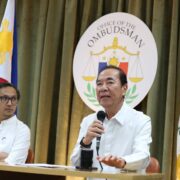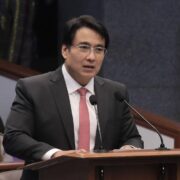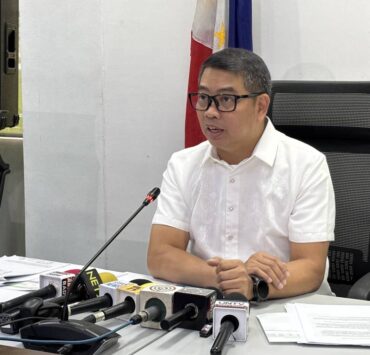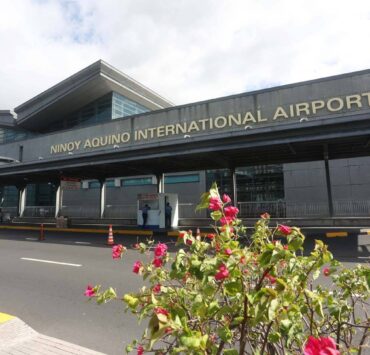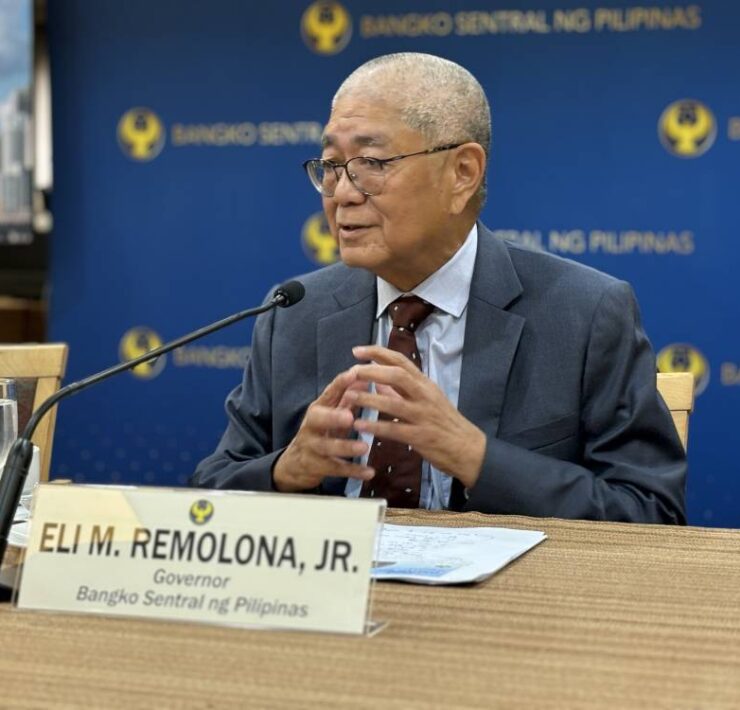Stage set for fresh BSP rate cut to 5.25%

The combination of benign inflation and a strong peso just created the perfect condition for the Bangko Sentral ng Pilipinas (BSP) to ease again later this week, a move that could help shore up the economy amid the global trade storm.
All 15 economists surveyed by the Inquirer last week predicted that the powerful Monetary Board (MB) would deliver a quarter-point cut at their upcoming policy meeting on Thursday.
If realized, this would put the overnight rate that banks typically use as a guide when pricing loans to 5.25 percent. The move would also bring the total rate reduction under the current cycle at 1.25 percentage points.
All economists in the poll agreed that the continued disinflation in May was a strong justification for further easing.
The consumer price index (CPI), which measures the average change in prices that consumers pay for a basket of essential goods and services, rose 1.3 percent year-on-year last month, slightly below the annual increase of 1.4 percent in April. While food price inflation may have bottomed, data showed a strong peso and falling global oil prices resulted in a decline in transport costs and slower growth of utility prices.
Since the beginning of the year, inflation has averaged 1.9 percent, settling below the BSP’s target band of 2 percent to 4 percent.
HSBC economist Aris Dacanay, who previously expected the BSP to pause in June to stay mindful of a patient US Federal Reserve, said the “surprises” in the data would support a faster easing cycle.
Dacanay added that further reductions to borrowing costs would give the slowing economy a shot in the arm as it navigates the tariff-induced global headwinds. Gross domestic product (GDP) grew by 5.4 percent in the first quarter, missing both market expectations and the government’s 6 to 8 percent target range.
“We think this slowdown adds pressure on the BSP to hasten its easing cycle. This is because a policy rate cut can help shore up the country’s services exports (or exports in general) by improving the peso’s competitiveness vis-à-vis other currencies,” Dacanay said.
Moving forward, Jun Neri, lead economist at Bank of the Philippine Islands (BPI), said a rate cut after June “is possible but not definite.” He explained that external conditions will likely affect the BSP’s next steps. After this week’s decision, the MB will convene again on Aug. 28, Oct. 9 and Dec. 11 to set the monetary policy.
“A cautious approach to further easing might be needed given the risk of a shift in US monetary policy if inflation rises further due to tariffs,” Neri said.
“Moreover, geopolitical tensions have intensified after Israel’s strike on Iran’s nuclear facilities, raising the risk of higher oil prices. This in turn could exert pressure on the Peso, which is sensitive to oil price volatility,” he added.
“Considering these risks, we think there is a good chance that the BSP will stay neutral in their August meeting,” he continued.





